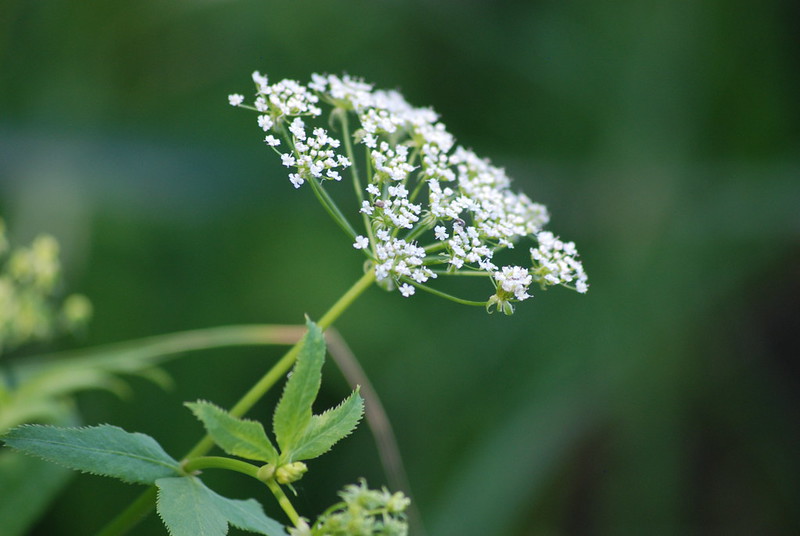As Finland’s water hemlock (Cicuta virosa) enters peak bloom, conservation and public health officials have issued urgent warnings about the dangers posed by one of the country’s most toxic native plants.
Reports of the plant identifiable by its tall hollow stems and white umbrella-shaped flowers have surfaced across several regions, including Ähtäri, Lehtimäki, Salla, and Oulu. Locals have sounded the alarm on social media and community forums, noting the plant’s proximity to popular swimming spots and dog-walking areas.
“This is a native Finnish species, not an invasive one,” explained Markus Seppälä, conservation expert at the South Ostrobothnia ELY Centre. “It thrives in wetlands and along lake shores, particularly in southern and western parts of the country.”
Though often mistaken for harmless wild plants like cow parsley, ground elder, or other edible umbellifers, water hemlock is far more dangerous. All parts of the plant contain cicutoxin — a powerful neurotoxin — with the roots being the most lethal.
“Breaking the plant or pulling it from the ground can release toxins into nearby water,” said Seppälä. “This is a serious risk to swimmers, pets, and livestock.”
Officials have linked past accidental poisonings to misidentification during foraging. Symptoms of ingestion include seizures, vomiting, excessive salivation, and, in some cases, death. Even skin contact can cause irritation.
With the plant blooming from July to August Finland’s peak outdoor season the threat of exposure is heightened.
Authorities urge the public to report sightings, especially near recreational areas, and to avoid attempting removal themselves. “Only trained professionals with protective gear should handle it,” Seppälä stressed.
He also warned against swimming near areas where water hemlock has recently been disturbed: “Toxins can disperse into the water it’s safest to wait before going back in.”
Parents are encouraged to educate their children on identifying the plant, and the public is advised to treat water hemlock with the same caution as wild mushrooms.
“Accurate identification is key,” Seppälä said. “Awareness is the most effective way to prevent a tragedy.”


